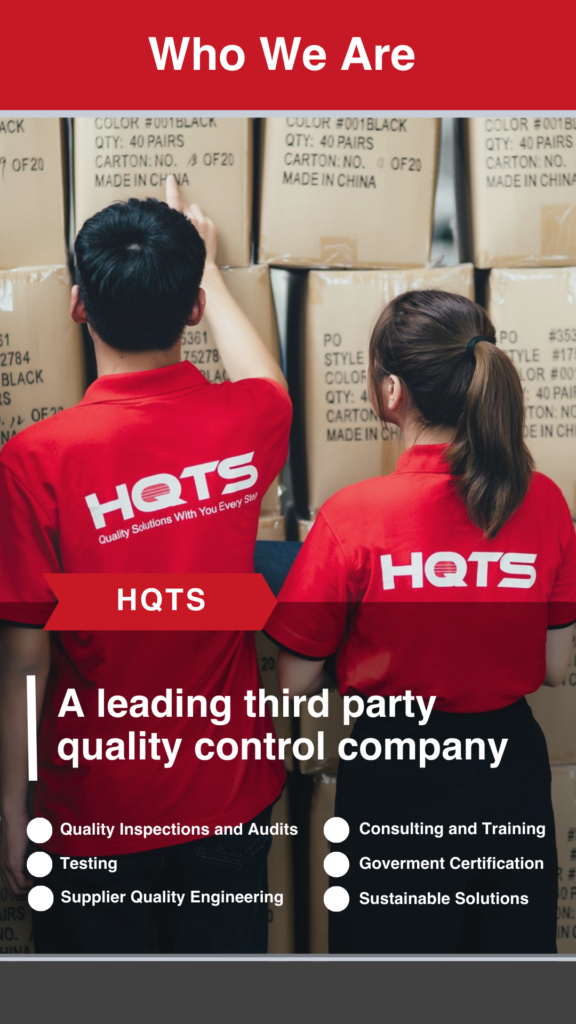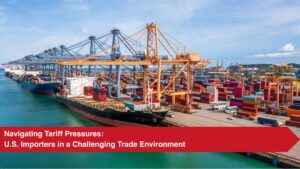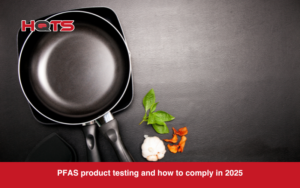The Consumer Protection Safety Improvement Act (CPSIA) was enacted to Safeguard consumers against unsafe products. The CPSIA tracking label is a permanent packaging and product label which include key information about the product, importer, manufacturer or the product batch. It is a mandatory requirement to have this toy tracking label on for example products intended for children 12 years or under.
In this article, we’ll go through everything you need to know about the CPSIA label tracking system and help you navigate through the regulations and application process.
What is a CPSIA Tracking Label?
There are tracking label requirement for children’s products when importing or exporting these types of products and the CPSIA tracking label is an affixed information label which helps the CPSC and the consumers to quickly identify unsafe products.
The permanent tracking label includes all the relevant information and must be printed on the packaging. While stickers are sufficient for packaging, the actual product must have long-lasting printed or engraved tracking labels. Each new production order from the supplier must have a new unique tracking label, ensuring the product can be tied to a specific production run should any problems occur. Importers, manufacturers and private labellers of infant or toddler products also need to meet additional product and outer package label requirements. View our CPSIA tracking label workshop below for more information!
Key Things About the CPSIA Label Compliance
The products designed or intended primarily for use by children aged 12 and younger must have obvious permanent marks (tracking labels) that are affixed to the product and its packaging and they must provide certain identifying information (CPSIA label).
It is important the tracking CPSIA labels are clear and visible and contain basic information including; manufacturer or private labeller name, location and date of production, detailed information about the manufacturing process, batch numbers, identifying characteristics and any other information that may include the specific details of the product.
As products may not all be produced on the same day, the date of production could be a range of dates and the commission will interpret the date of manufacture to the date of placement into the package. In most circumstances, both the packaging and the product must be marked; however, if the product is too small to be marked then marking on just the outer packaging is acceptable and if the products are part of a set; each and every item included in the set must have a label affixed to them.
Complying with the tracking label requirement for children’s products under the CPSIA tracking label can help improve your product recall effectiveness and response rates. Particularly when a part of a product was identified as the source of a hazard or violation, the tracking label can help you to quickly identify the source of the issue.
Changes in the CPSIA Label Regulations
New restrictions came into effect in 2009 including coverage for apparel and footwear while the CPSIA also placed tighter regulations on lead content. The maximum allowable total lead content of items designed for children aged 12 and below should now be reduced by half. On October 18, 2017, the US Consumer Product Safety Commission (CPSC) issued a final rule prohibiting children’s toys and childcare articles containing more than 0.1% of certain phthalate chemicals.
What Products Require a CPSIA Label?
The CPSIA tracking label must be placed on products marketed or designed to be used by children of 12 years old or younger. As such, this is a tracking label for children’s products. It is important to note the CPSIA label tracking will be enforced as if the product packaging, display, promotion or advertising is represented as appropriate for 12 years old or younger or if the product is commonly recognized by consumers as being intended for use by children 12 years old or younger.
CPSIA Label Tracking Example/Toy Tracking Label Example
Whether you are a manufacturer or importer, it is important to understand when the consumer safety standards apply to a particular product. The tracking labeling system can be confusing, as it even applies to products that have a packaging design or promotion that can be perceived as targeting children 12 years old or younger.
To give you a better idea of how a product could be classified, here is an example:
A pen is usually intended for consumers older than 12 years of age and therefore, considered a general use product. However, if the same pen is decorated or embellished with certain features that may appeal to children, then the pen may be considered a children’s product and therefore, it will need an affixed tracking label.
What Information Needs to Be on the CPSIA Label?
A CPSIA tracking label must include – the domestic manufacturer or importer, production location (city, state or province) and date, batch number and any relevant information about the product and materials. All tracking label information should be visible and legible.
CPSIA Tracking Label Example/Toy Tracking Label Example

- Imported Products LLC
- Date: September 2020
- Location: Ho Chi Minh City, Vietnam
- Batch number: RSX-200929-VN
- All new materials
- PE plastic
How to Create CPSIA Tracking Label
Contract manufacturers in China, Vietnam, India and many other countries are generally not aware of the specific CPSIA labelling requirements. When importing goods, it can be wise to provide the manufacturer with a ready-to-print label file in .ai or .eps format with all the correct information when ordering qualifying products.
You have to create and submit a new tracking label each time you place an order and provide your supplier with the print placement on the product, the print placement on the packaging, the print colour and the print dimensions.
You can hire a qualified designer if your team does not have the expertise, software or time to create their own tracking label.
Do Products Sold on Amazon Need to be CPSIA Compliant?
Amazon.com requires all the products that are sold on its website to be fully compliant with the relevant product regulations in each respective country. If you are selling on Amazon in the USA, it is mandatory that the children’s products are fully CPSIA compliant and therefore, a tracking label is required.
Amazon’s third-party marketplace has spawned many counterfeiters and scammers, which can be a threat to businesses but also to the health and safety of children and babies, who are assumed to receive special protection from dangerous or unhealthy products.
Companies that sell to Amazon as wholesalers must also comply with the CPSIA testing and to obtain a vendor account, they must provide Amazon with proof of the CPSIA certificate.
CPSIA is a secure way to ensure that selling counterfeit or dangerous products online is reduced or hopefully, eliminated completely.
What Happens If I Don’t Comply with the CPSIA Labelling Requirements?
If your products fail to include a tracking label, then these products may be withheld by the US customs or your product listing removed by Amazon. In addition,consumers can report your company to the CPSC and start an investigation. The CPSC could force a recall which would require the company to inform all existing customers to return the product and retailers rejecting the products.
Conclusion: All About CPSIA Tracking Label Requirements
The Consumer Protection Safety Improvement Act (CPSIA) tracking label must be placed on all products intended for children 12 years or under. But knowing when to label the product are whether or not the product is up to the CPSC regulation is challenging. Failing to meet these requirements can end up with a product recall – which could be extremely costly.
At HQTS we have our own testing lab that has been accredited by the US Consumer Product Safety Commission (CPSC) to test toys and children’s products based on CPSC regulations. You can rely on the HQTS team for analysis, assessment, supporting and accurate reporting.. Read more about our CPSIA Testing Service Or download our Free CPSIA Testing Report today!



